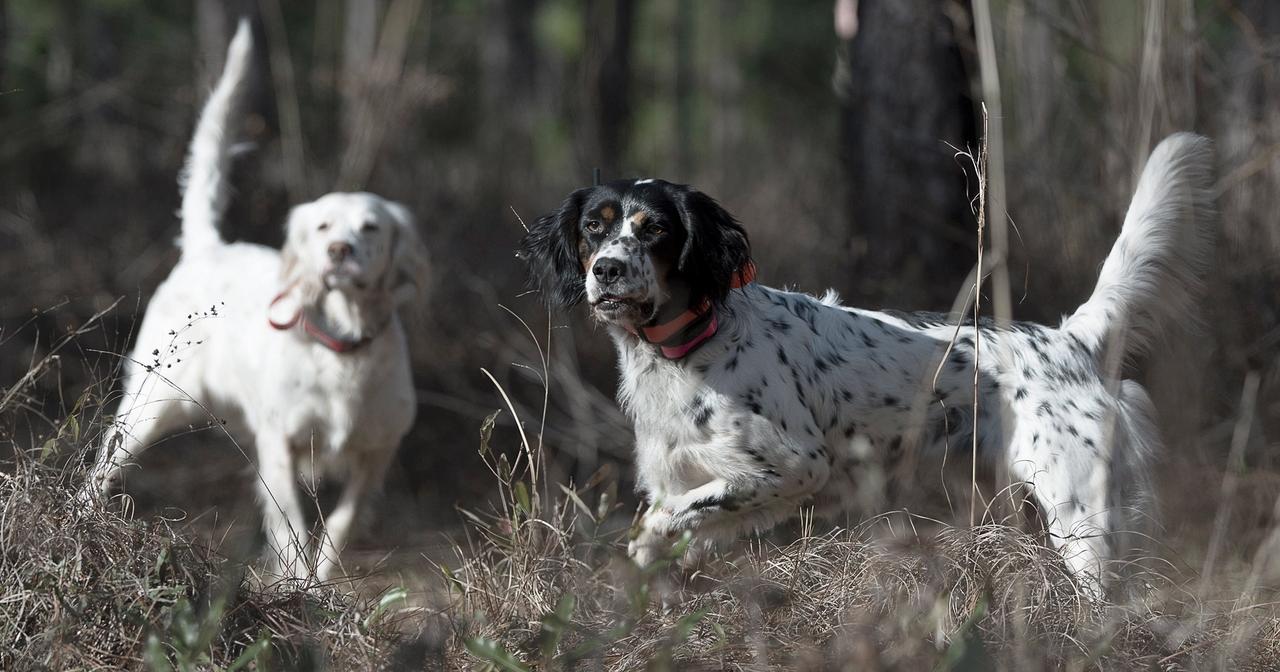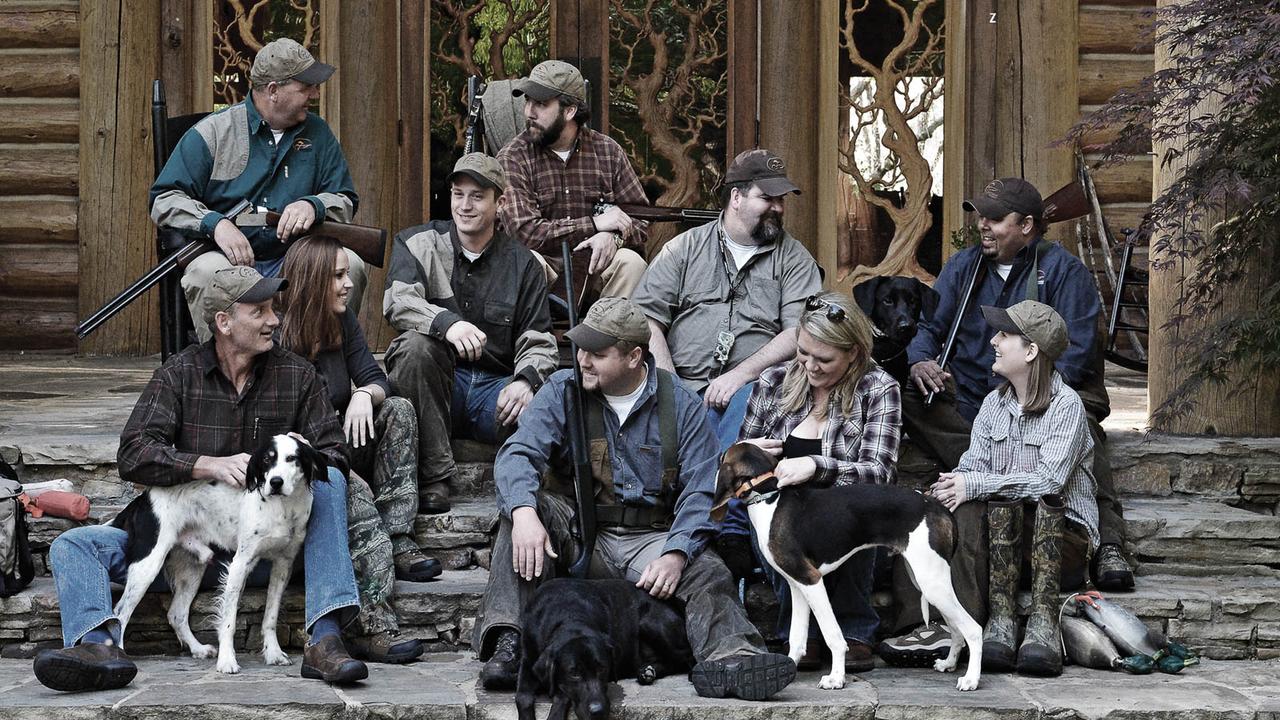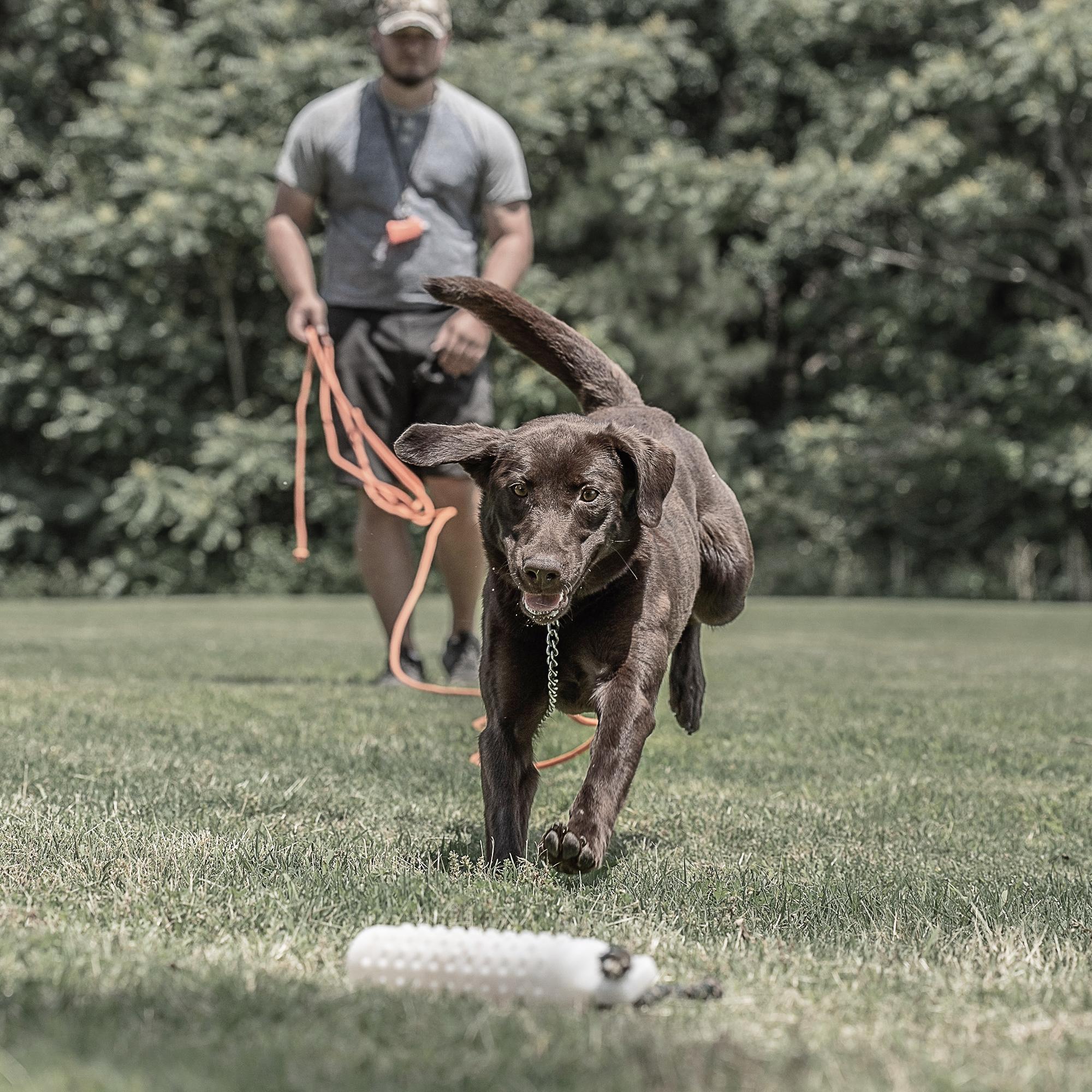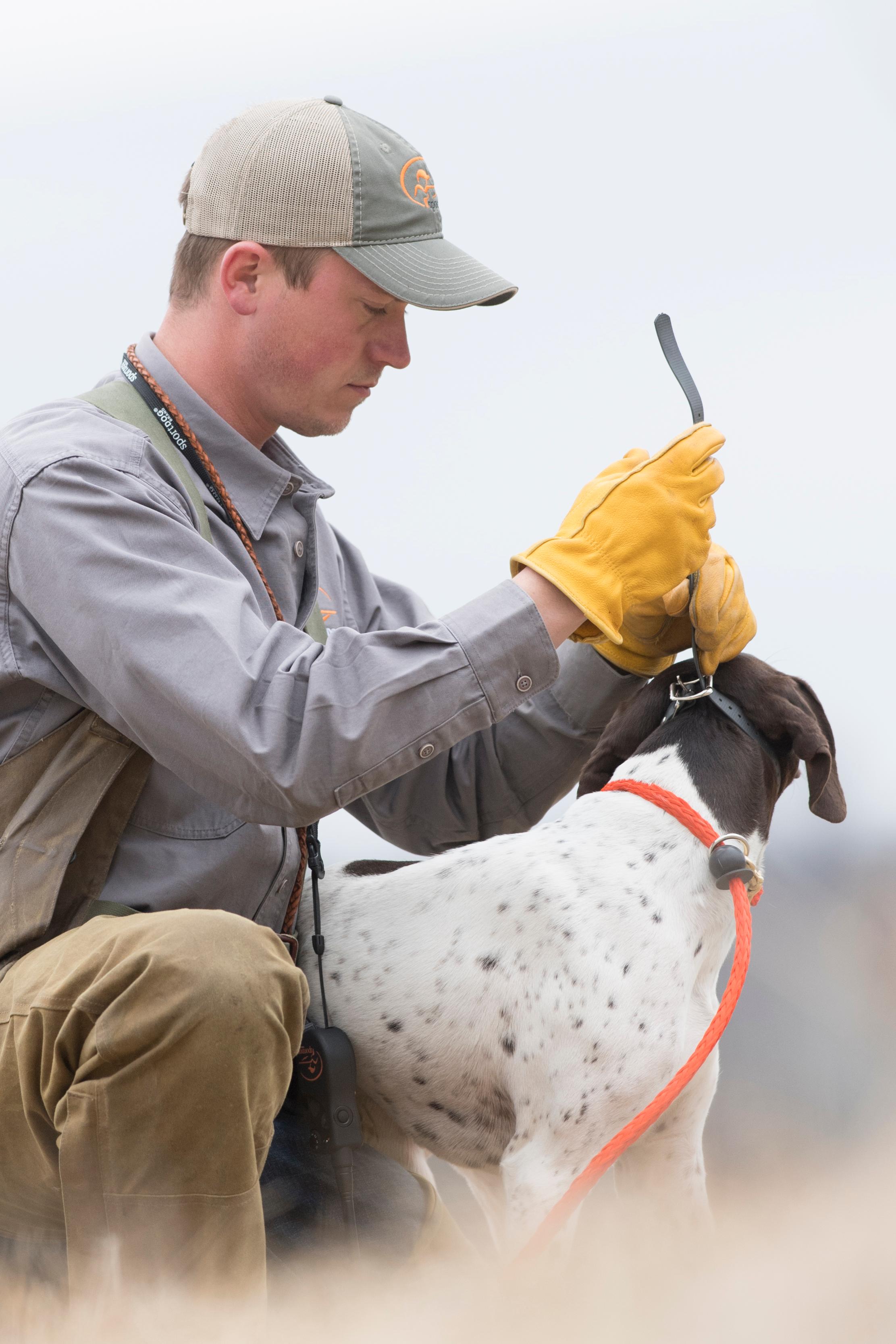
A Dog Ready for the Field
Posted by The SportDOG StaffHunting seasons are in full swing. In bird fields you can hear the cackle of a bold cockerel taking wing, along with the hoarse voice of a hunter shouting at his dog as it chases the gaudy pheasant to the next farm field. It is easy to hear all about it as a handler yells to the far end of a field, demanding that a dog cut short a mad dash to fun and freedom. It is easy to see who hasn’t invested enough time and effort in training a bird dog for the hunting fields.
We've all had a dog decide that its hearing has suddenly gone bad. For some reason the dog can't decipher a basic command, which is usually 'come'. For veteran trainers, that usually happens in the training sessions. By the time a dog is ready to go hunting the deafness has been cured. Trainers know the dog can hear them. The dog had just decided to forget its lessons and ignore the bloke who is supposed to be in control.
When this occurs during a bird hunt, the hunt should be over for the dog. Some of us might give the dog a second chance, but that is risky business. A dog that won’t listen or chooses not to obey needs to go back to the training sessions to reinforce the dog as a capable performer and ready for the hunt.
The amateur trainer who does the most harm to a dog isn't the one who's shouting pointless commands at a dog with selective hearing. It's the dog handler who puts an e-collar on his hunting dog's neck and thinks it will give him complete control over his dog.
An e-collar is a training device. It should only be used while hunting as an insurance policy for an excited young dog. A young dog can be caught up in the thrills of the hunt and decide to chase a bird. An e-collar will stop the youngster from running to an open road and a disastrous confrontation with a car or lorry.
Some may think that a dog trained with the aid of an e-collar must always wear the collar or a weighted dummy collar. The assumption is that a dog will know when it's not wearing the collar and won't perform without the threat of an e-collar around its neck. A swift counter to that argument is the numerous field trials that take place across the country throughout the year, particularly in autumn and winter. Field trial officials will not permit a dog to compete with an e-collar or a dummy collar, even though many dogs have been trained with them. The field trials are simulated hunting tests. Well-trained hunting dogs shouldn't need to wear such devices to show off their skills and obey a handler.
An e-collar should not be used to teach a dog a command. It is a tool to reinforce a command the dog has already learnt. The e-collar can be an invaluable tool for training any hunting dog. The device can also be a short cut to catastrophe if used improperly. A novice dog trainer should work with an experienced handler who has experience in using an e-collar. While an e-collar can be helpful, it is not a magic tool that can turn an unruly hunting dog into a stellar performer overnight.
Always check your local and national regulations related to dog training and the use of game birds on private and public property.

The SportDOG Staff
Related Products
SportTrainer® 425X
Related Articles

When Your Dog Should Enter the Hunt
by The SportDOG Staff
Young dogs take a while to develop into the hunting or field trial champion you desire. Your knowledge that the pup you selected is from proven hunting stock is just the start. I have been spoilt. During the hunting and field trial seasons, I have always had older, veteran dogs to rely on...

Proper Introduction to the E-Collar
by The SportDOG Staff
The e-collar is an amazing tool. It can fine-tune a dog, extend your control, and even save an animal’s life. But here’s the thing: You must understand what it is. It is not a magic bullet. I call it a polishing tool. It’s an enforcement tool and a distance minimiser. What...


